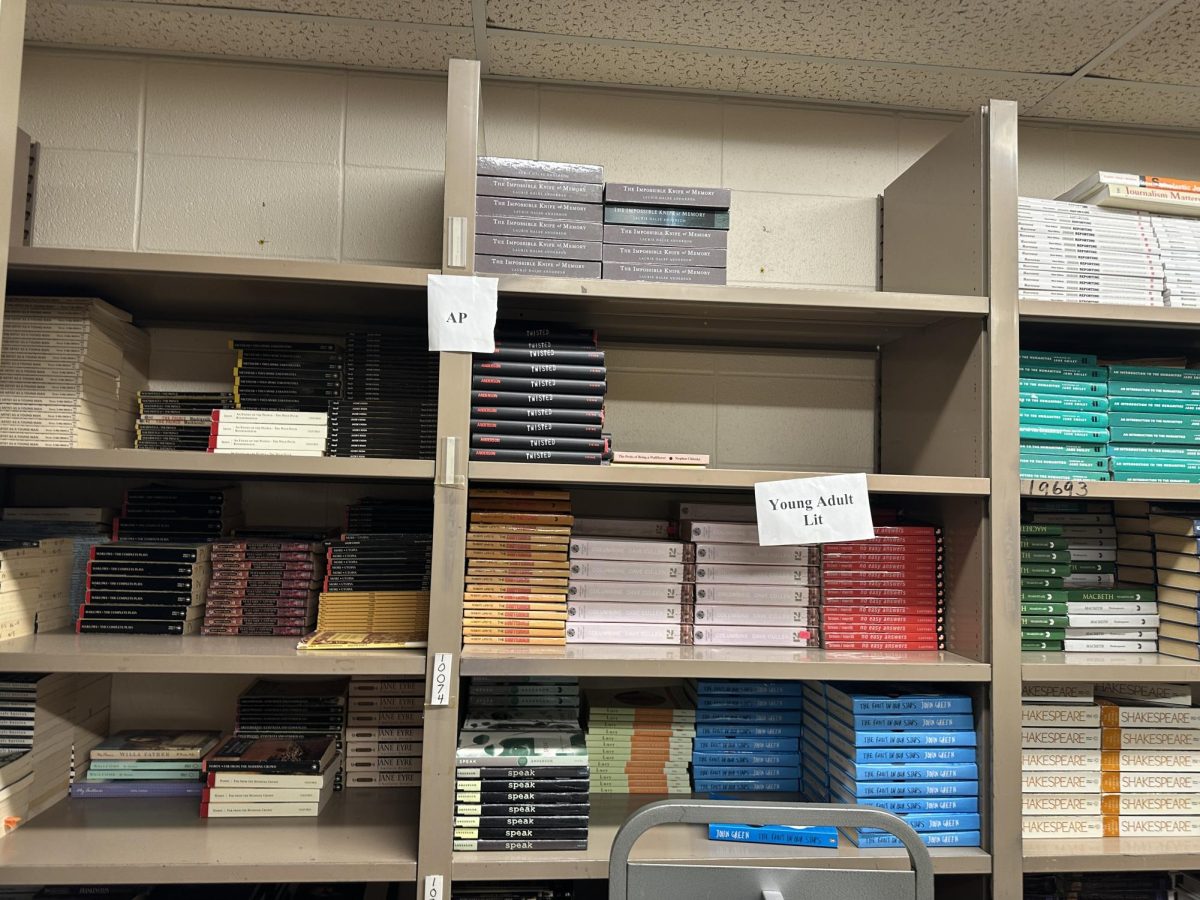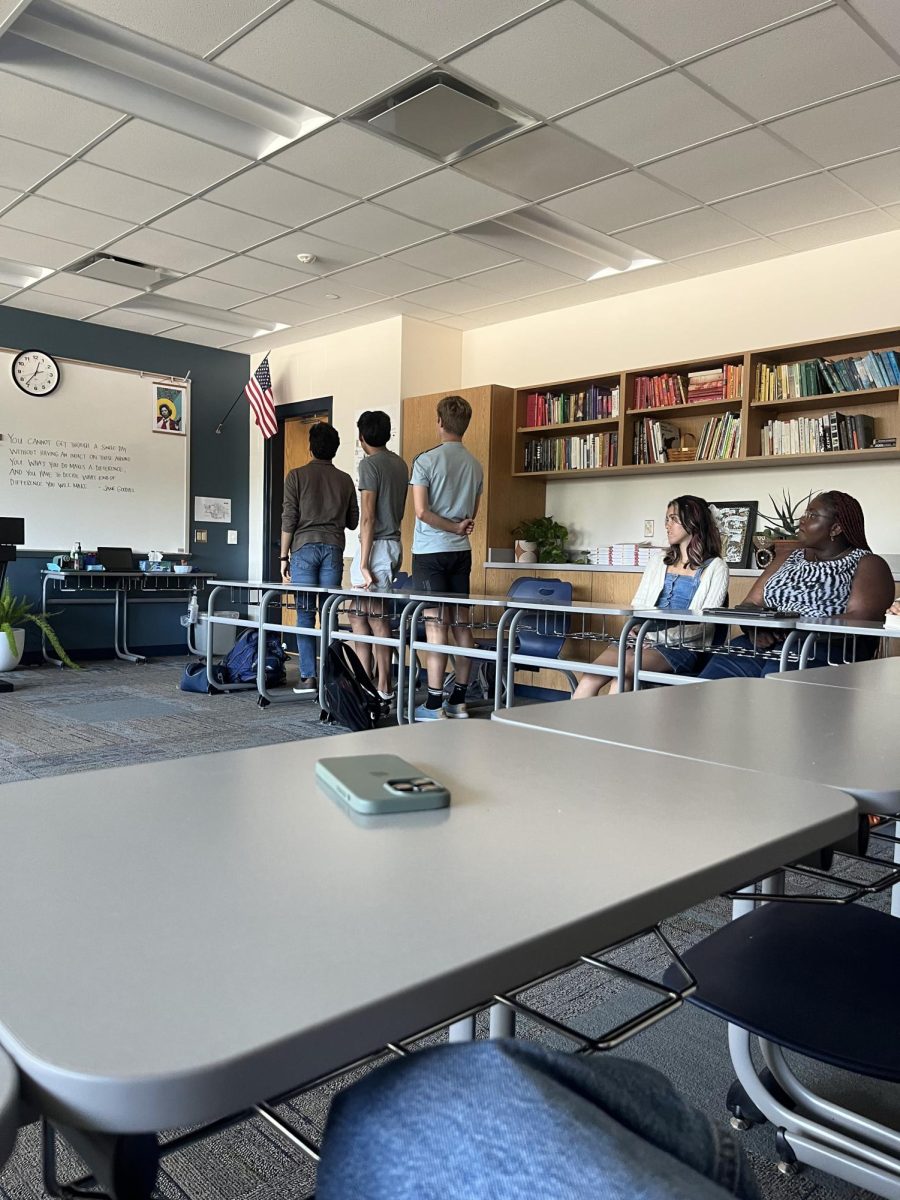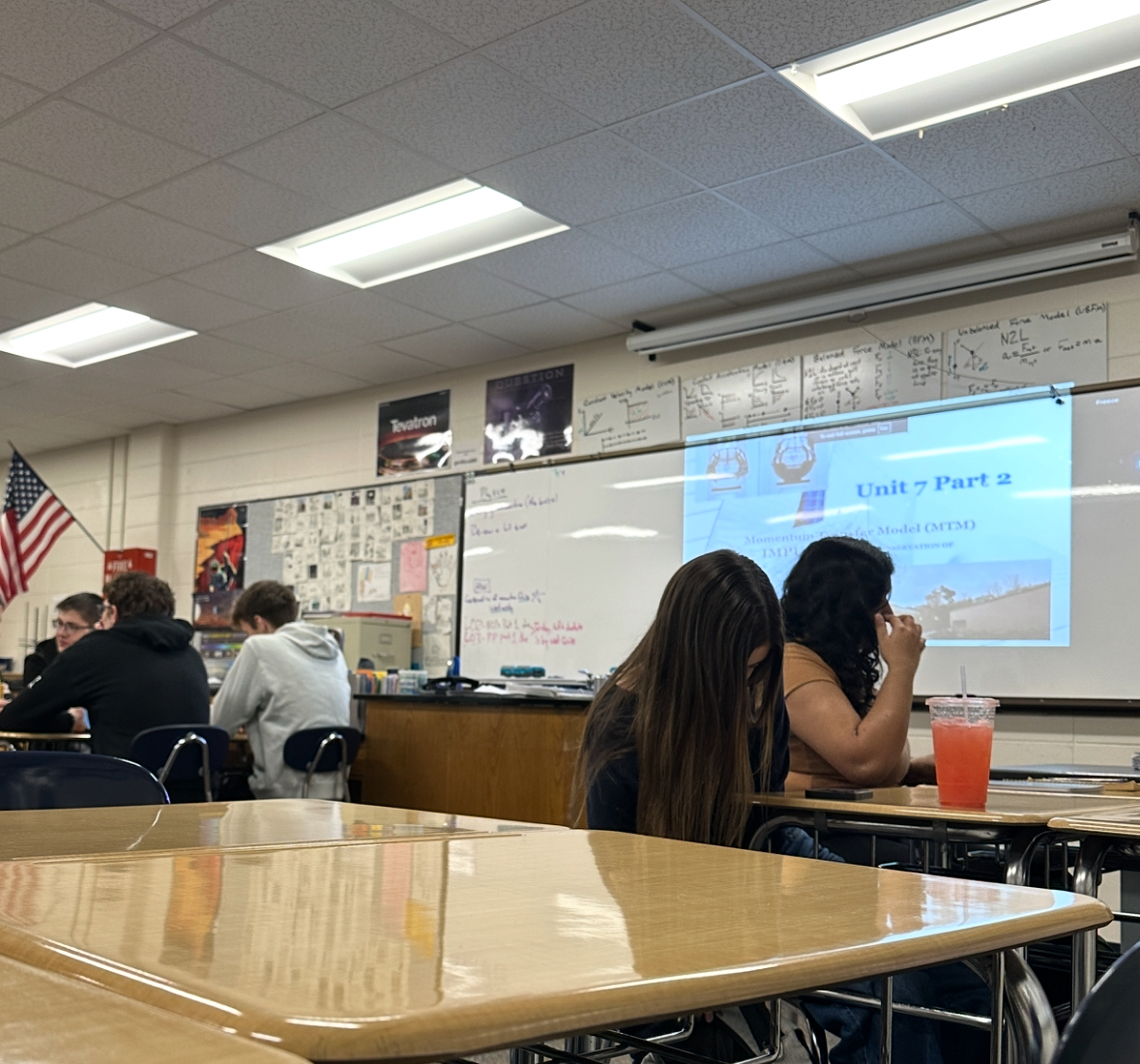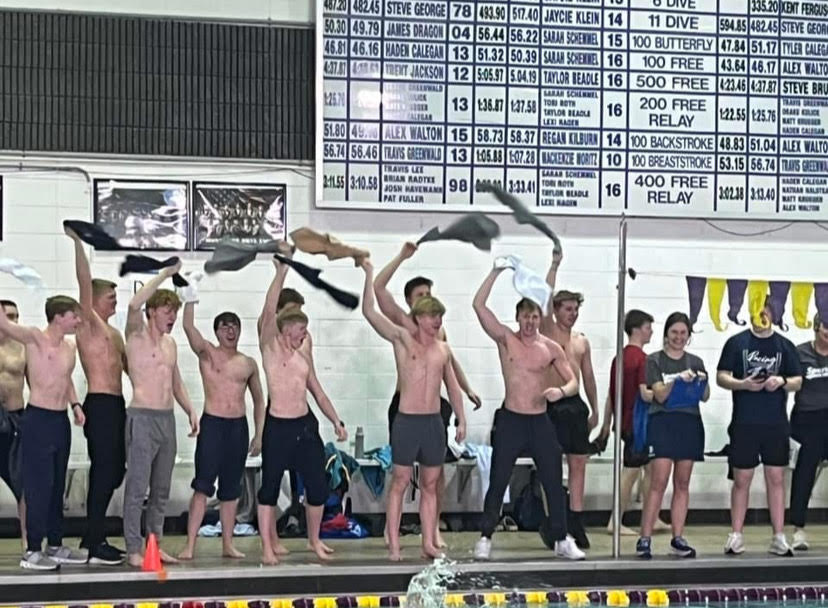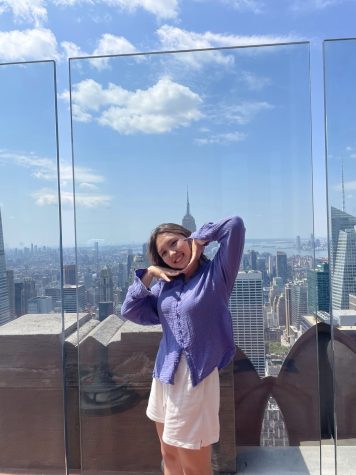Trends in study aesthetics have made their move on social media platforms and apps like Pinterest, reflecting a collective desire to motivate oneself to get work done. But is this the most productive approach to academia?
The “study aesthetic” can be pictured by neat handwriting, color-coded notes, coffee while writing an essay and a minimalist desk. Some students find themselves trying to embody this aesthetic as a way to break the cycle of procrastination.
But this seemingly effortless depiction of school work is far from reality.
Most students can attest to the demanding task of studying. Stringent deadlines, sleep deprivation and eye strain are just a few of the many “joys” involved, and this is not necessarily depicted in online studying content.
When students rely on external sources and romanticized portrayals for studying, it does not prepare them for the harsh realities of school work.
Students at PV have been exposed to this content through social media.
Senior Elizabeth Hernandez carries mixed feelings towards aesthetic videos. “I think that the ‘study aesthetic’ perpetuates perfectionism. Anytime people see these videos, someone is at a desk with a laptop, nice headphones and nice stationary, and otherwise has access to space and materials that not everyone has. They also work for hours at a time, which just isn’t feasible for many people. It can insinuate that the only good way to study is if it’s perfect and fits this specific aesthetic,” Hernandez shared.
Along with creating unrealistic depictions, these videos also offer vague information about studying. Rather than informing people about ways to improve their studying and discipline, most content creators merely show small, pleasing snippets of a longer process.
Although this content is mainly targeted at and created by women, certain aspects of these aesthetics also appeal to men. Senior Jacob Stevens finds that he has an ideal setting for studying. “Listening to some quiet music in the background in a naturally lit place like my bedroom is my favorite way to study. It helps me be more productive and better able to focus on practicing and reading,” he revealed.
Creating the right environment for learning and deep focus is essential for students to work efficiently. In addition to this, figuring out what studying techniques work best also allows students to effectively learn. For example, the blurting method, created by YouTuber Unjaded Jade, is an active recall technique where students write down as much as they can remember about their topic then compare it to their notes until they retain the information.
As someone who is involved in advanced classes, Senior Isaiah Steele has tried various study methods. “I have spent a lot of time watching videos about studying and I actually tried the pomodoro method for a little bit during COVID. I like having a stringent routine and tend to do most of my work in high volume spurts,” Steele stated.
Even though the “study aesthetic” can initially be appealing to many, it serves little to no purpose in achieving quality work. It may be helpful for some, but certainly not all. Aesthetic videos can serve as quick reminders to study, but do not tackle student’s lack of motivation in the long run.
During times of challenging classes and participating in various extracurriculars, high school students attempt to find motivation through online content. The “study aesthetic” portrays the perfect student who spends most of their time tackling homework, inspiring others to rise to that same level. But this content is deliberately set up to show a single moment of a pleasing sight and evades students’ issues with procrastination and discipline.
So when looking for real ways to improve academic performance, students should focus on routines and methods that fit their personal needs rather than indulging in this eye-candy content.









